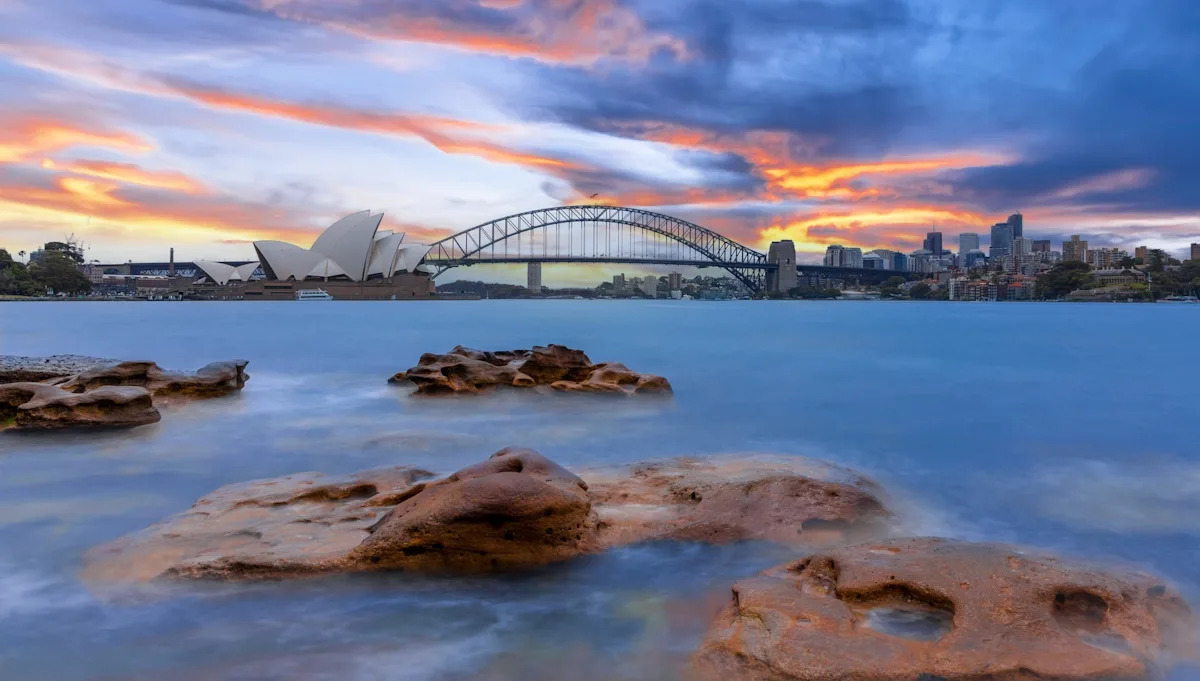The University of New South Wales Sydney has built concrete habitat panels, which they call BioShelters, to house oysters and purify harbor water.
The UNSW group built these fake reef sections to fix damage from years of shoreline construction around Sydney Harbour, according to the university and a feature from VoxelMatters.
Prior development projects had ruined the rocky spots where oysters naturally lived. When these shellfish disappeared, nitrogen levels in the water increased.
The BioShelters project started in 2016 after scientists from different university departments joined forces. They put test panels under the Anzac Bridge in 2020. Within half a year, oysters, tiny fish, and various sea plants had moved in.
“We use computation design that translates marine biology data to create 3D forms supporting a range of species,” said Professor M. Hank Haeusler, who runs UNSW’s ARC Centre for Next-Gen Architectural Manufacturing.
The production method uses computer-controlled printers and recycled ingredients. Robots print big molds using old plastic. Teams pour cement blended with crushed shells from local restaurants into these forms.
Each design matches the specific ocean conditions where it operates.
“Filter-feeders rely on good water flow, algae need light and moisture so they don’t dry out, and mobile species like snails and crabs need places to hide,” marine biologist Nina Schaefer explained. The panels have channels for water movement, damp areas, and dark corners for shelter.
These panels help communities by cleaning water naturally. One oyster processes 50 gallons daily. When hundreds of oysters live on the panels, they pull out nitrogen that feeds toxic algae. This gives us humans safer beaches for swimming and more fish to catch and eat.
The oyster shell concrete attracts young oysters looking for homes. After they grow up and reproduce, their offspring spread to nearby waters. Tiny fish that eat mosquito babies also live in the panels, while seabirds find more food.
Sydney’s new fish market in Glebe ordered permanent BioShelter installations. The team wants to skip the mold step and print concrete directly, and their plan would let ocean scientists anywhere type local information into a computer program that designs panels for their shores.
“We want to develop a system where marine biologists can input site-specific information into a program, approve or modify the design, and then submit it for fabrication,” Haeusler said.
Australian coastlines should see these panels within two years. They’ll reach overseas locations as manufacturing efforts grow.
Join our free newsletter for weekly updates on the latest innovations improving our lives and shaping our future, and don’t miss this cool list of easy ways to help yourself while helping the planet.
